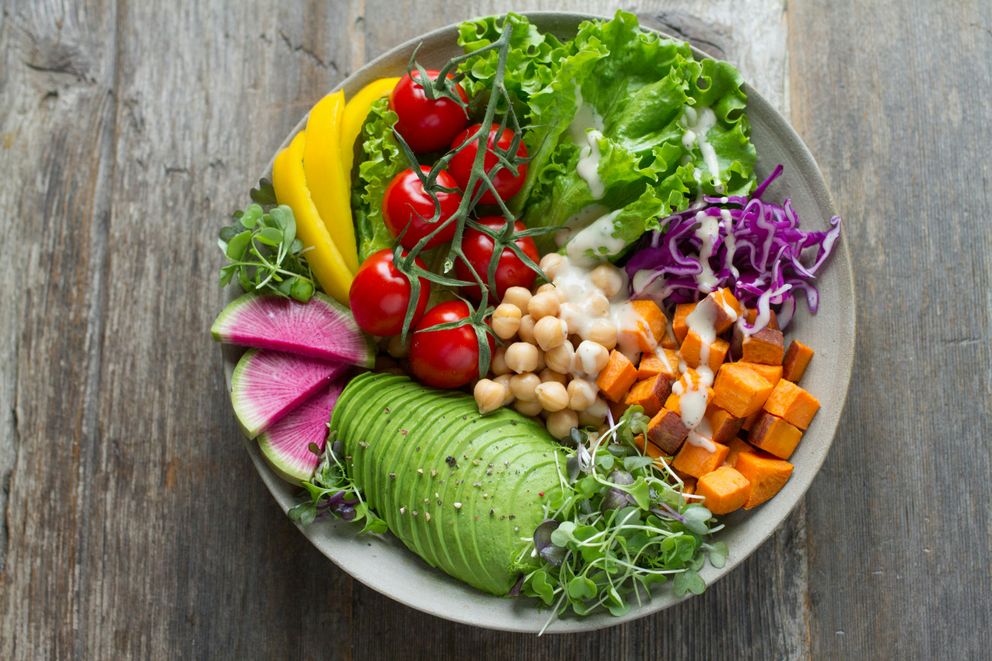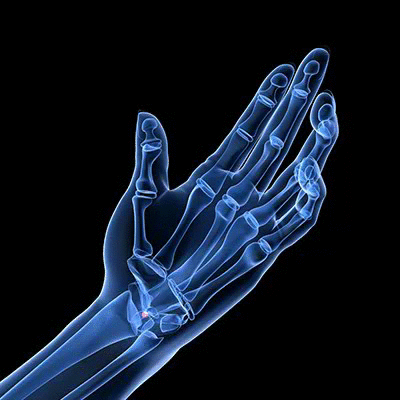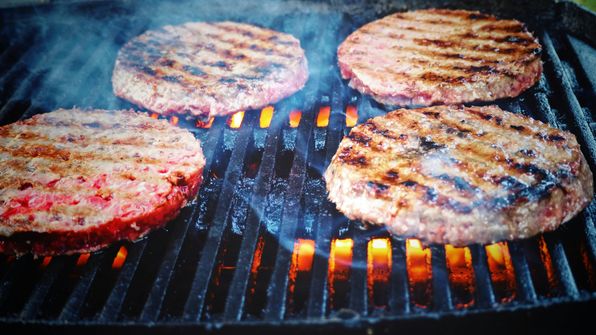
Social Success on the Carnivore Diet: Tips for Staying Committed at Gatherings and Restaurants
Social gatherings often mean a spread of carb-heavy foods and tempting desserts that can make sticking to the carnivore diet feel tricky. But with a b...

As 2024 rolled in, it’s not just about dodging arthritis flare-ups—it’s about embracing a lifestyle that sizzles with deliciousness and diminishes the discomfort.
Let’s dive into the top diets that are not only buzzing for their health benefits but also for making every meal an adventure in joy and relief.

Imagine yourself basking under the Mediterranean sun, indulging in meals that tantalize your taste buds while soothing your joints. This diet, rich in olive oil, nuts, fresh fruits, and veggies, and not forgetting the bountiful fish, isn’t just tasty—it’s a full-blown inflammation fighter.
Why It Rocks: Dive into dishes drizzled with olive oil and discover that they’re not just scrumptious but also reduce inflammation by up to 20%! It’s like each meal is a mini-vacation from pain, packed with omega-3s and antioxidants that tell arthritis to take a hike.
This diet isn’t just about cutting out foods; it’s about reintroducing peace to your body. Tailored for those with autoimmune arthritis like rheumatoid arthritis, AIP strips away common inflammatory triggers (goodbye nightshades and nuts!) and focuses on nutrient-dense foods to help heal your gut and tame the flames of inflammation.
Why It Works: It’s like a reset button for your immune system, potentially easing joint pain and reducing inflammation, giving you a fighting chance to feel fantastic every day.
Hook onto a pescatarian diet and reel in the benefits of fish-based protein and omega-3 fatty acids, which are natural inflammation fighters. This diet excludes land meats but welcomes seafood, giving your plate a splash of variety with every meal.
Why It Works: Swapping red meat for seafood can dramatically reduce inflammation markers and keep your joints as fluid as the ocean. It’s a delicious twist on protein that keeps both your heart and joints in shipshape.
If you love options, the Flexitarian Diet is your culinary playground. Embracing mostly vegetarian foods while occasionally indulging in meat gives you the flexibility to reduce inflammation without feeling restricted. It’s about balancing tastes and health benefits, making it a sustainable and scrumptious choice.
Why It Works: This diet keeps things light and inflammation at bay by minimizing meat without banning it altogether, letting you enjoy the best of both worlds.
A: Many women notice improvements in inflammation and pain levels within a few weeks of adopting a new diet. However, the full benefits might take a few months to manifest fully.
A: Yes, the Mediterranean diet is beneficial for various types of arthritis due to its high anti-inflammatory properties. It’s particularly effective for rheumatoid arthritis and osteoarthritis.
A: Absolutely! The Flexitarian Diet allows for moderate consumption of meat. It’s all about balance and making plant-based foods the star of your meals.
A: It’s wise to limit foods high in processed sugars and saturated fats, as they can exacerbate inflammation. Also, try to avoid or limit nightshades if you find they trigger your symptoms.
A: Include a variety of protein sources such as fish, legumes, dairy products, and eggs in your diet. These can help meet your protein needs without including meat.
A: Consult with your healthcare provider. Diet is just one aspect of managing arthritis; medications and other therapies might also be necessary.
Embracing a diet that helps manage your arthritis isn’t just about following strict rules—it’s about discovering what works best for your body and lifestyle. Whether you choose the Mediterranean, Flexitarian, Pescatarian, or Autoimmune Protocol diet, each meal is a step towards not just managing pain but enhancing your overall quality of life.
Keep experimenting with flavors, listen to your body, and don’t be afraid to tweak your diet as needed. Remember, the best diet for you is one that brings joy to your table and relief to your joints. Here’s to a deliciously healthy journey ahead!

Social gatherings often mean a spread of carb-heavy foods and tempting desserts that can make sticking to the carnivore diet feel tricky. But with a b...

The carnivore diet is often seen as straightforward: eat meat, keep it simple. But adapting it seasonally can bring freshness, variety, and local flav...

The carnivore diet has become increasingly popular, but like any extreme dietary approach, it raises important questions—especially for women concerne...

The carnivore diet has gained attention globally, but women’s experiences and cultural approaches to animal-based eating vary widely depending on wher...

Living with Chronic Obstructive Pulmonary Disease (COPD) can make everyday activities feel like a marathon, especially for women who are juggling heal...